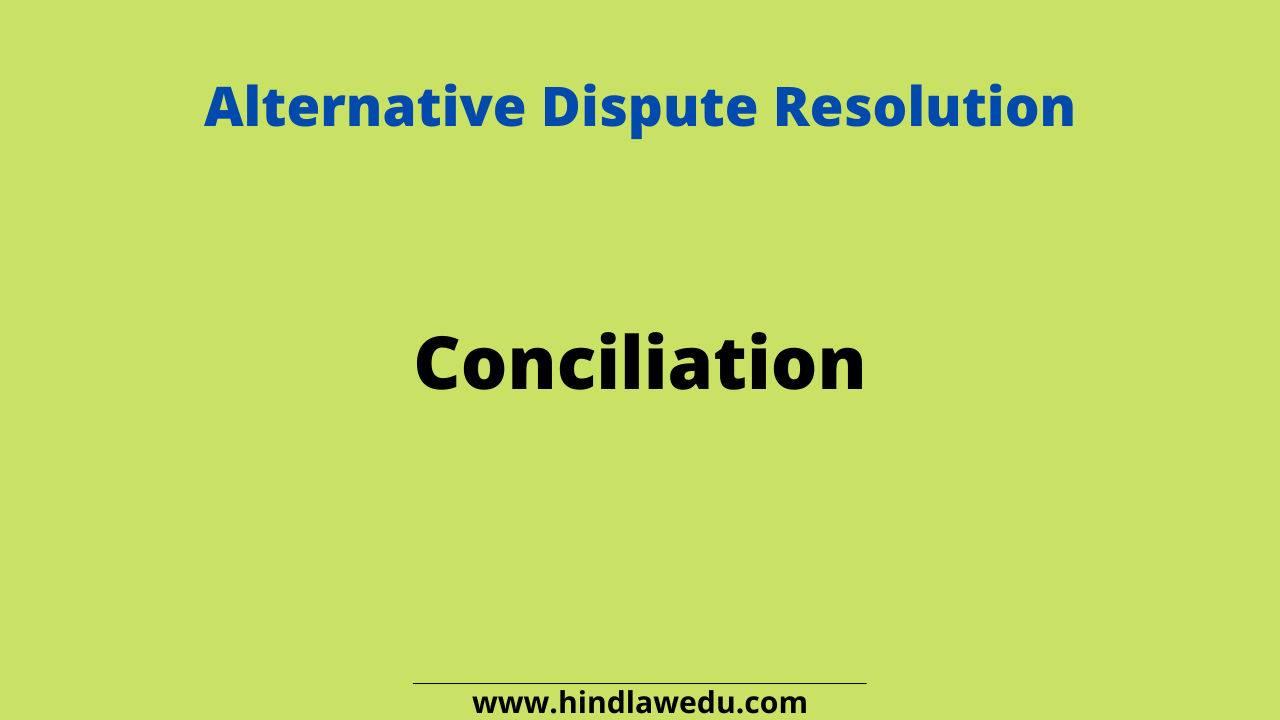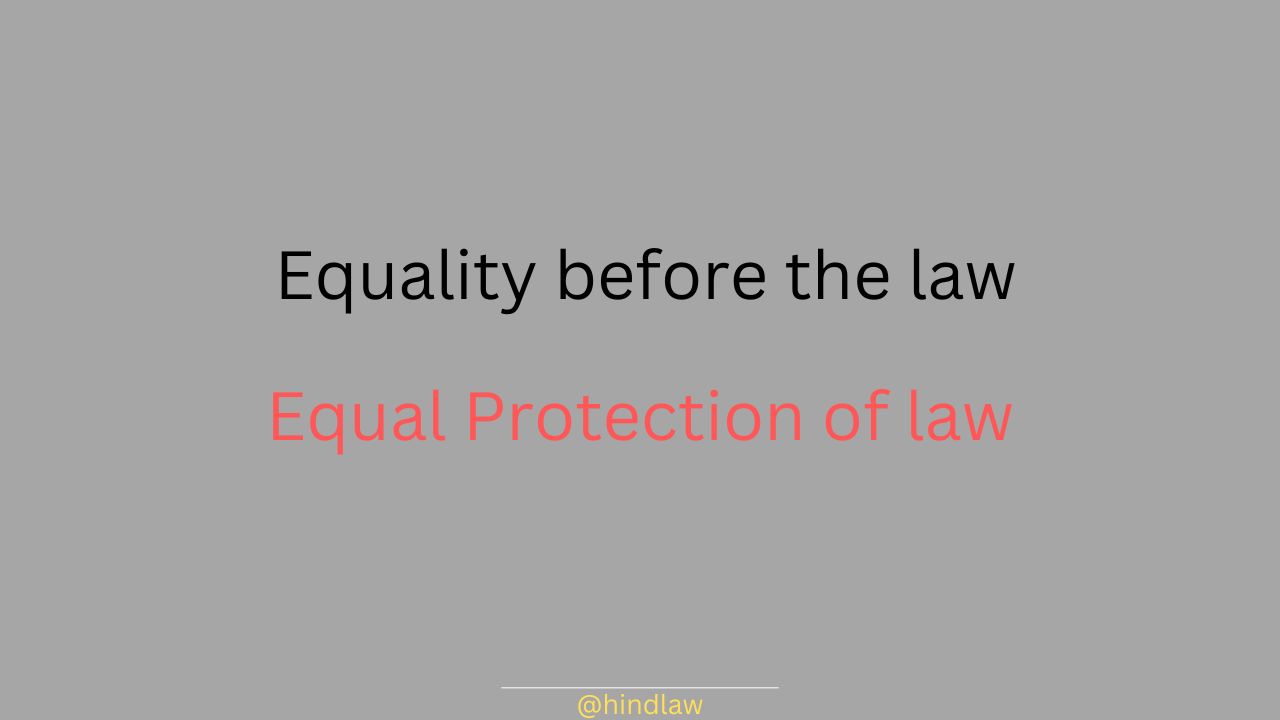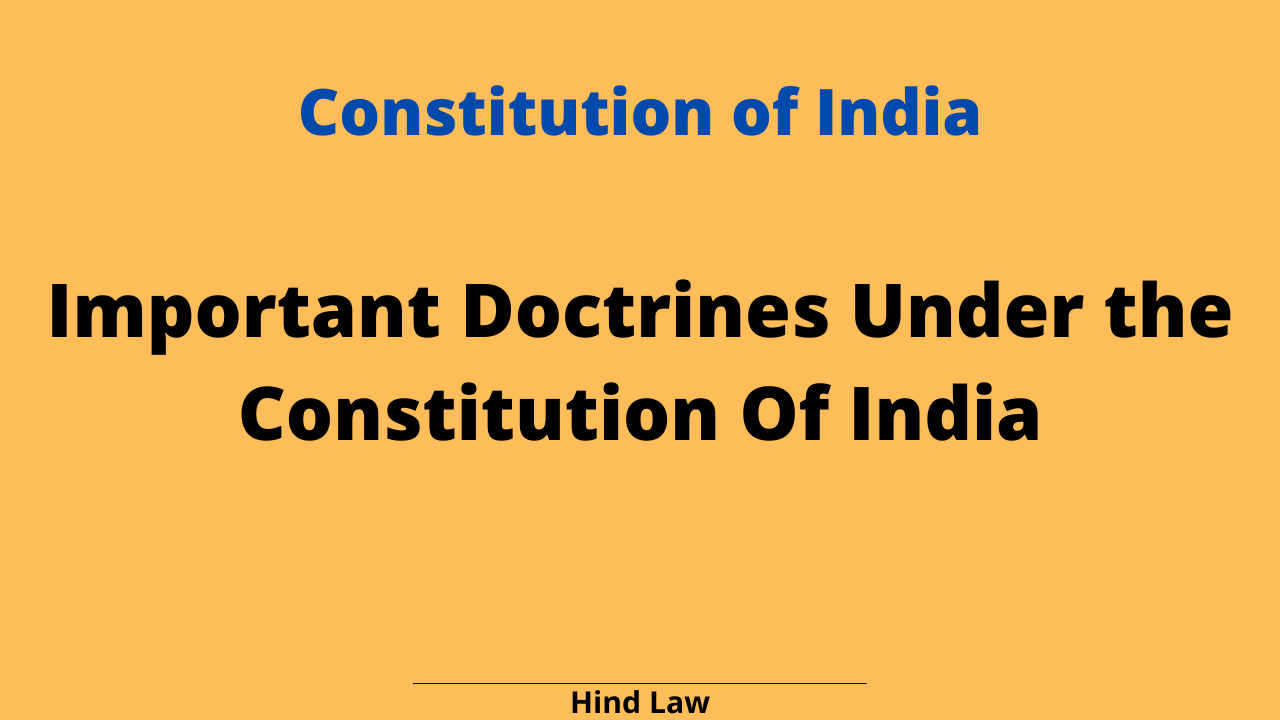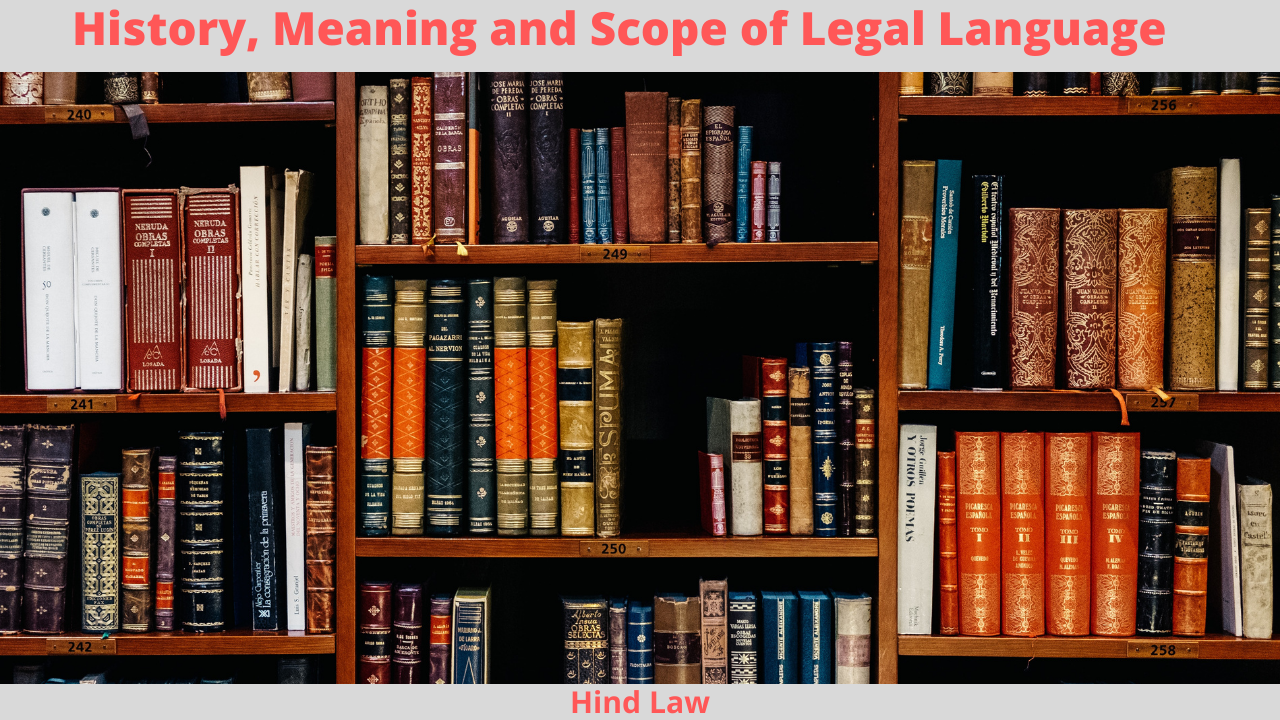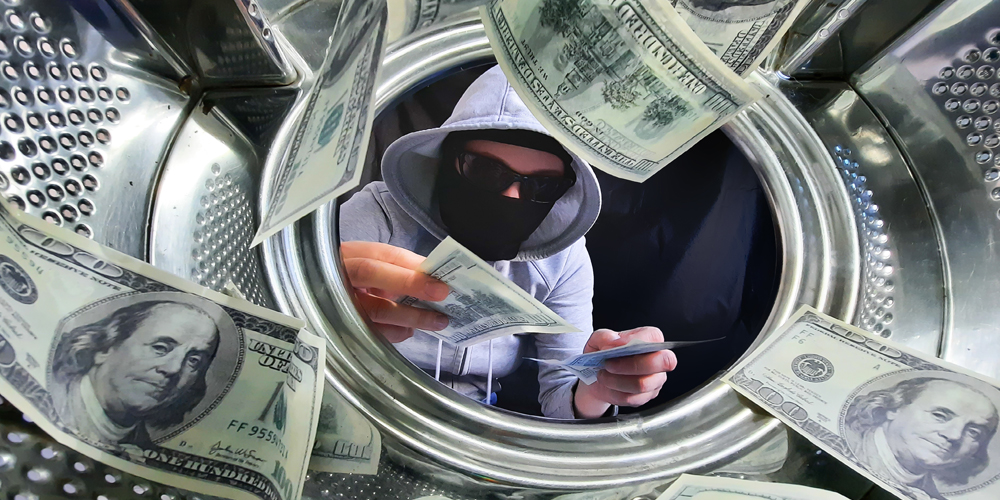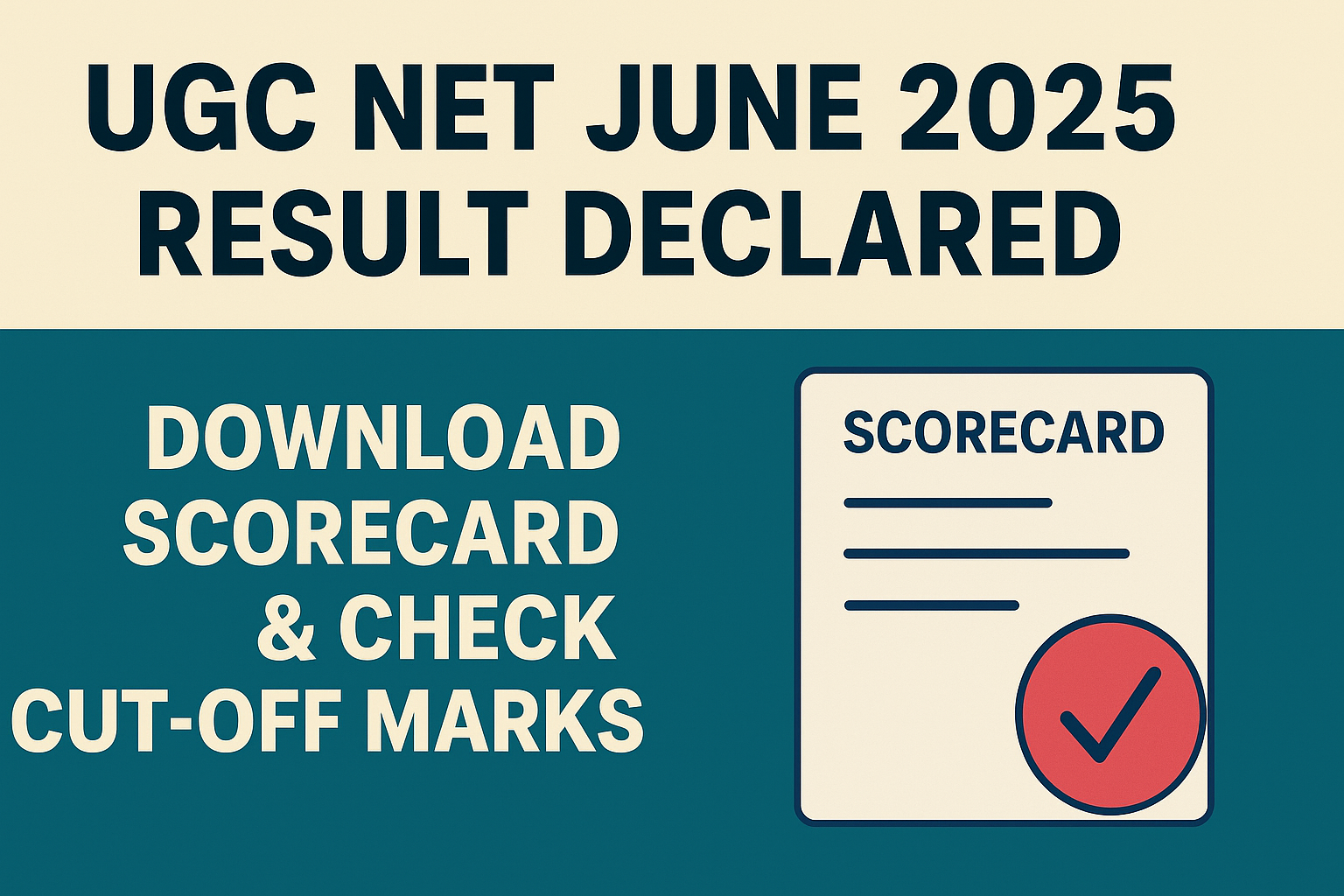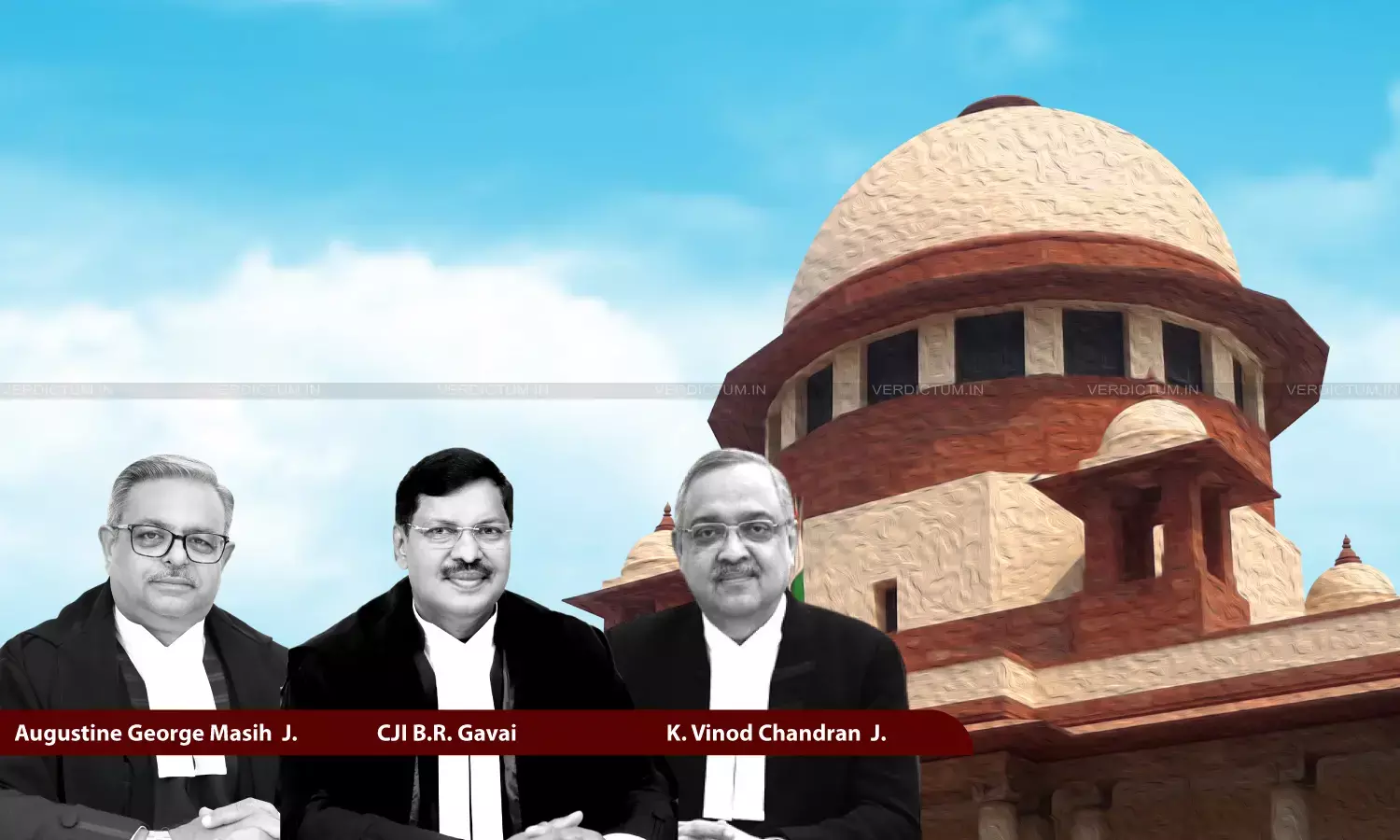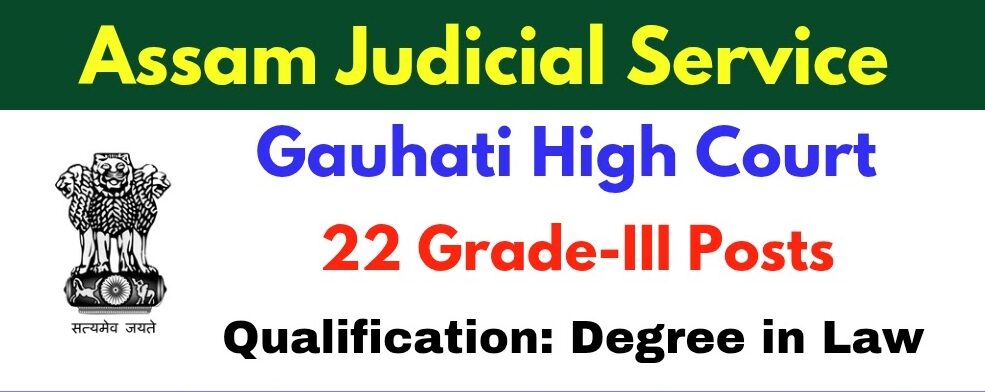Author_@Saket Ishan_co-founder@hindlaw.
Money laundering might sound like a movie plot, but it’s a real problem in India. It’s about turning “dirty” money from crimes into “clean” cash that looks legal. In this blog, we’ll explore what it is, how India’s laws define it, the crimes it’s tied to, who helps make it happen, and how India fights back. Let’s get started!
What Is Money Laundering?
Money laundering is when someone takes money earned from illegal activities—like drug smuggling or corruption—and makes it seem like it came from a honest source. Picture washing muddy clothes: the money starts “dirty” from crime, and after some tricks, it looks “clean” and usable.
It happens in three steps:
- Placement: Sneaking the illegal money into the system—like depositing cash in a bank or buying property.
- Layering: Moving it around to confuse everyone—think fake companies or multiple transfers.
- Integration: Bringing it back as “clean” money, maybe through a fake business or a sale.
For example, if someone makes ₹1 crore from a scam and hides it as earnings from a fake shop, that’s money laundering.
How India Defines Money Laundering
In India, money laundering is defined under the Prevention of Money Laundering Act, 2002 (PMLA), specifically in Section 3. Here’s what it says in simple terms:
- It’s when someone deals with “proceeds of crime”—money or property from illegal acts—and tries to make it look legal.
- This includes hiding it, using it, or even just holding it, as long as you know it’s from a crime.
So, if someone takes bribe money and pretends it’s from a job, they’re laundering it under the PMLA.
What Are “Proceeds of Crime”?
The PMLA explains “proceeds of crime” in Section 2(1)(u). It’s any money or property gained from a crime listed in the law’s Schedule—like cash from drug trafficking or a car bought with stolen funds. Even if it’s turned into something else (like gold) or sent abroad, it still counts. This definition lets the government seize these assets to stop criminals from enjoying their profits.
For example, if someone earns ₹50 lakh smuggling and buys a house, both the cash and the house are “proceeds of crime.”
Scheduled Offences: The Crimes Behind the Money
The PMLA only applies to money from “scheduled offences”—crimes listed in the Act’s Schedule. These are divided into three parts:
- Part A: Serious crimes with no minimum amount—like:
- Drug trafficking (Narcotic Drugs and Psychotropic Substances Act).
- Terrorism (Unlawful Activities Prevention Act).
- Corruption (Prevention of Corruption Act).
- Part B: Less severe crimes, but only if the money is ₹1 crore or more—like:
- Tax evasion (Income Tax Act).
- Small fraud or theft (Indian Penal Code).
- Part C: Cross-border crimes—like laundering foreign drug money into India.
For instance, ₹2 crore from corruption (Part A) triggers the PMLA, but ₹50 lakh from tax evasion (Part B) won’t unless it hits ₹1 crore.
Aiding and Abetting: Helping the Criminals
Money laundering often involves helpers, and the PMLA doesn’t let them off the hook. Under Section 3, if you knowingly assist—like letting someone use your account to hide dirty money—you’re guilty too. This is “aiding and abetting.”
- Punishment (Section 4):
- 3–7 years in jail (minimum 3 years) and an unlimited fine.
- Up to 10 years if it’s linked to drug crimes.
- Example: If a friend helps a smuggler hide ₹5 crore by moving it through his account, both face the same penalty.
Helpers are treated like the main offenders because stopping the whole chain is key.
Who Fights Money Laundering in India?
India has several agencies teaming up to catch money launderers and protect the system. Here’s who they are:
- Enforcement Directorate (ED): The main force behind the PMLA—investigates, seizes illegal money, and takes offenders to court.
- Financial Intelligence Unit (FIU-IND): Spots suspicious transactions—like big cash deposits—and alerts others.
- Reserve Bank of India (RBI): Makes banks follow rules to stop laundering, like checking customers’ identities (KYC).
- Securities and Exchange Board of India (SEBI): Watches the stock market to prevent laundering through investments.
- Central Bureau of Investigation (CBI): Probes root crimes like corruption that lead to laundering.
- Income Tax Department: Tracks tax evasion tied to hidden money.
- Directorate of Revenue Intelligence (DRI): Stops smuggling-related laundering across borders.
Together, they work like a team—FIU-IND flags the issue, ED grabs the cash, and others tackle the crimes behind it.
Why Should We Care?
Money laundering affects us all:
- It keeps criminals rich and active.
- It hurts honest businesses and the economy.
- It makes it tougher for the government to stop crime or collect taxes.
Next time you hear about an ED raid or bank questions, you’ll know it’s about keeping India’s money clean!
Final Thoughts
Money laundering is a sneaky way to hide illegal cash, but India’s PMLA and its agencies are on the case. From the main culprits to their helpers, no one escapes the law’s reach. What do you think—how can we make it harder for these money-washers? Share your ideas below!

